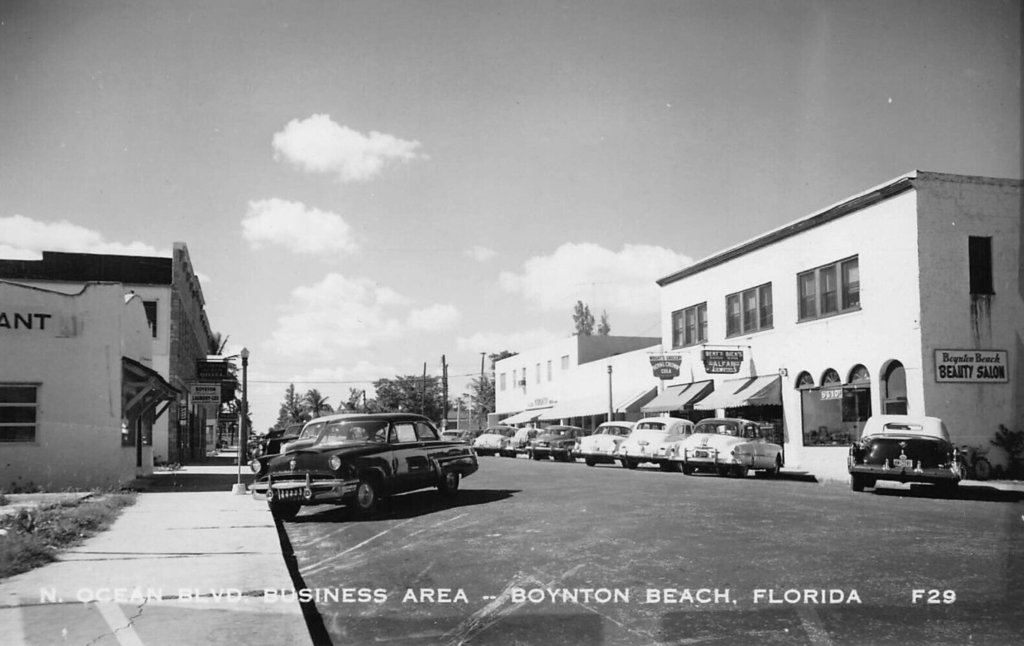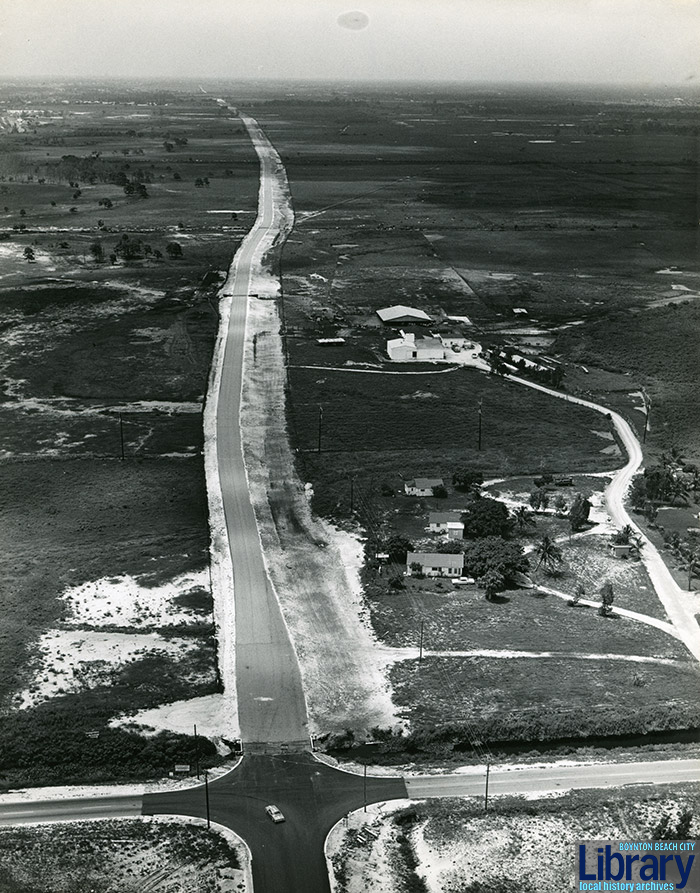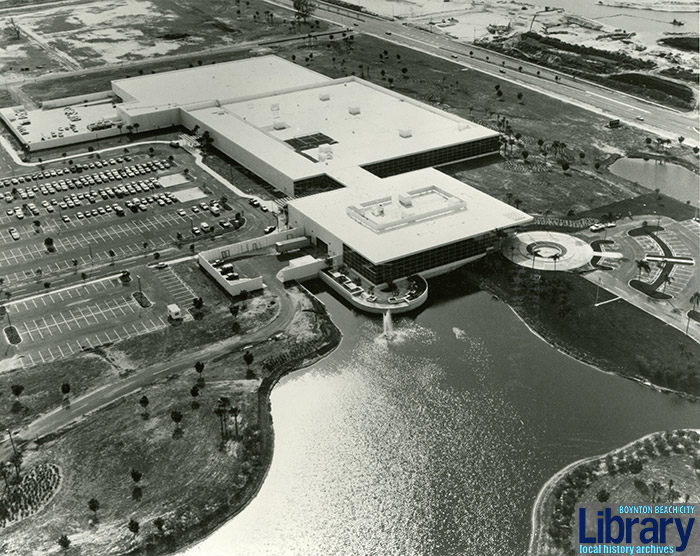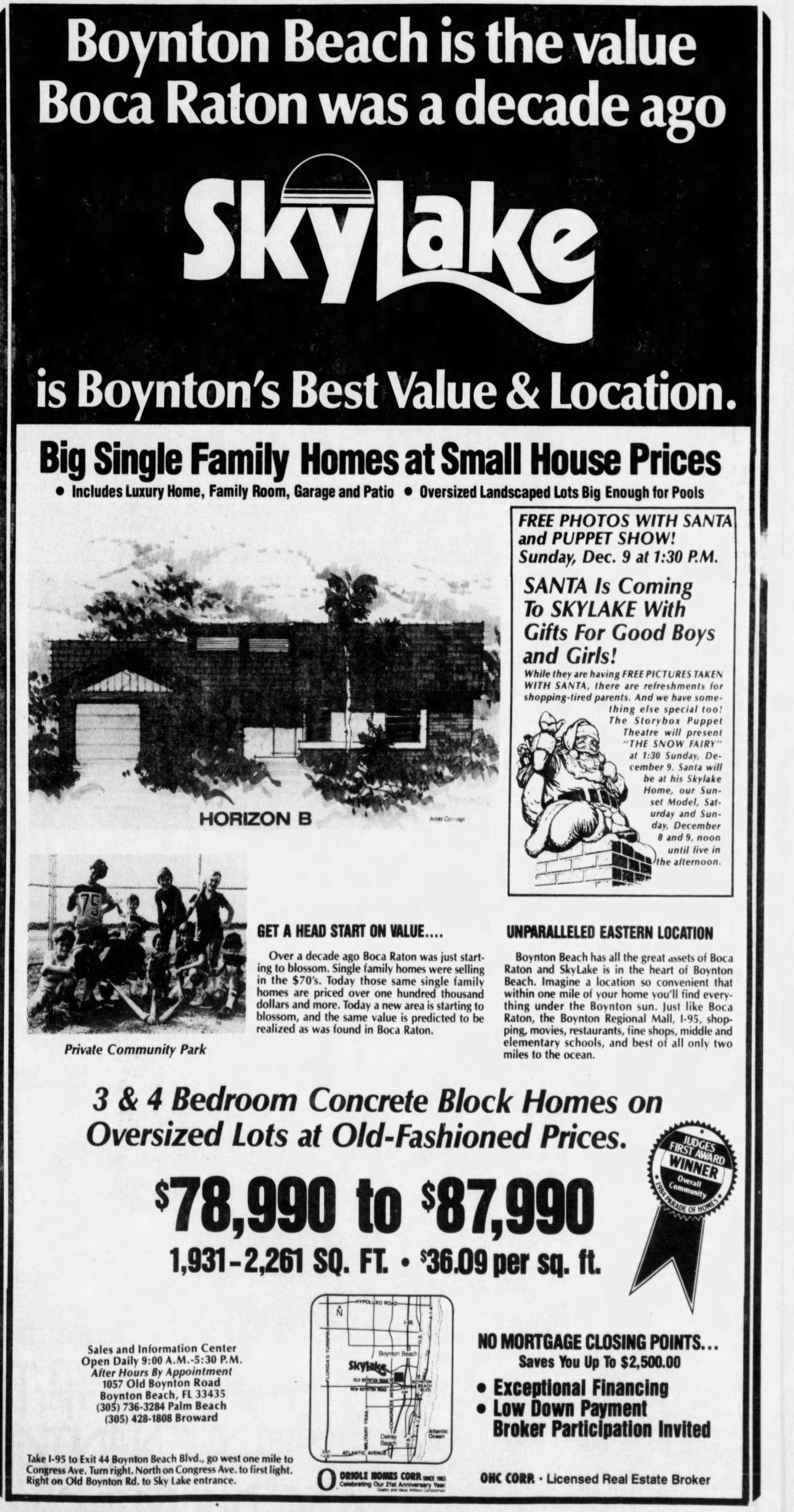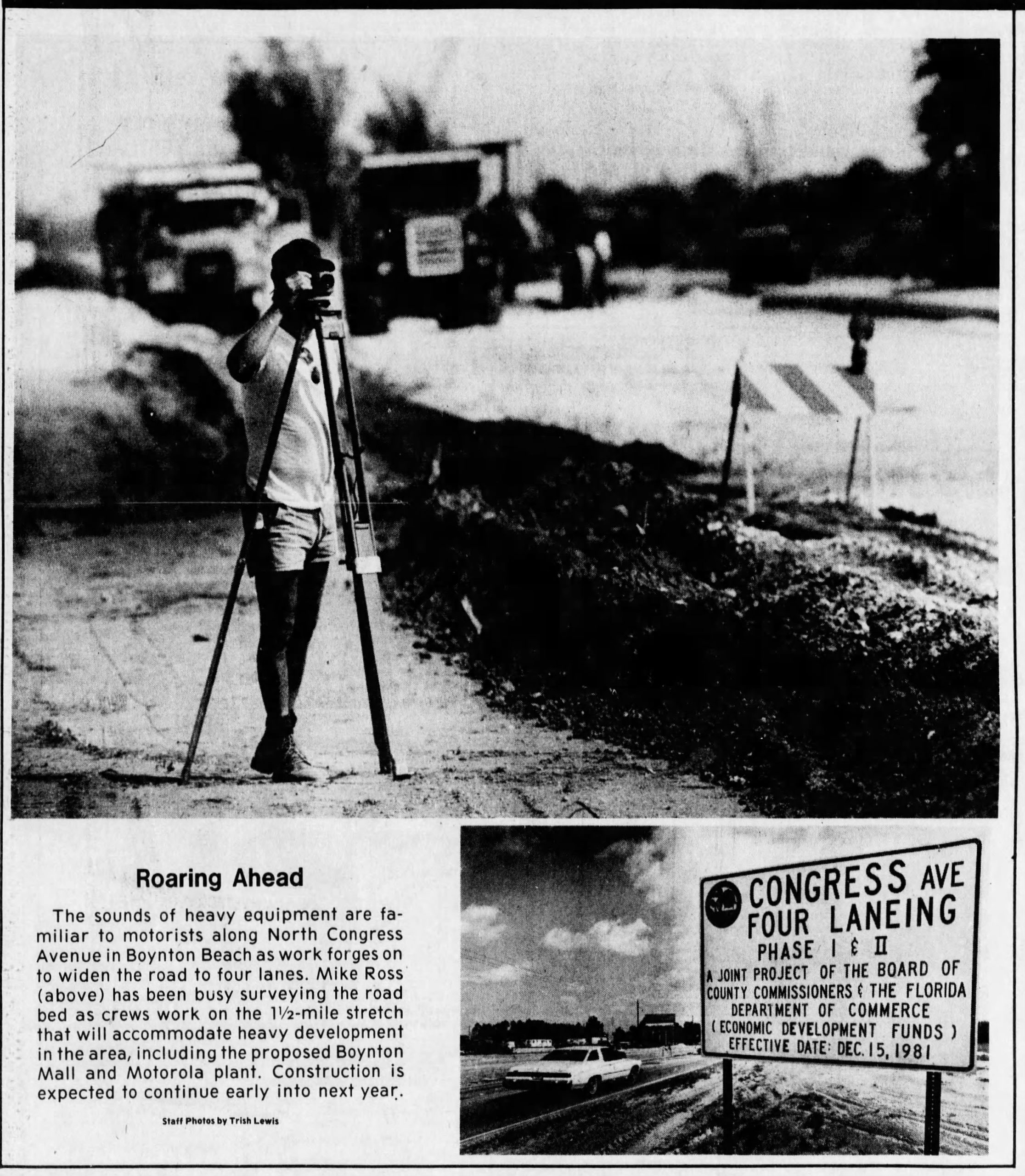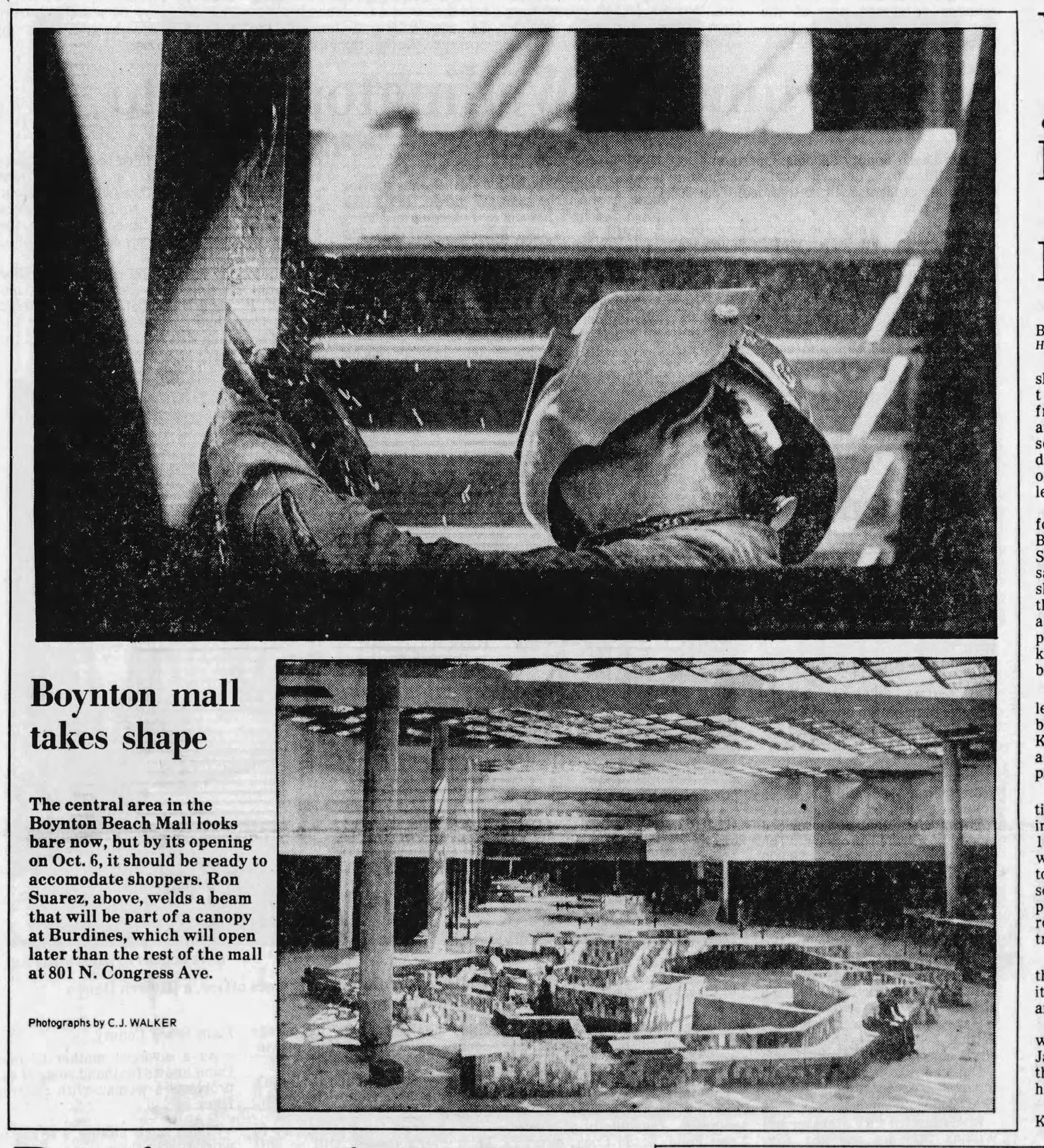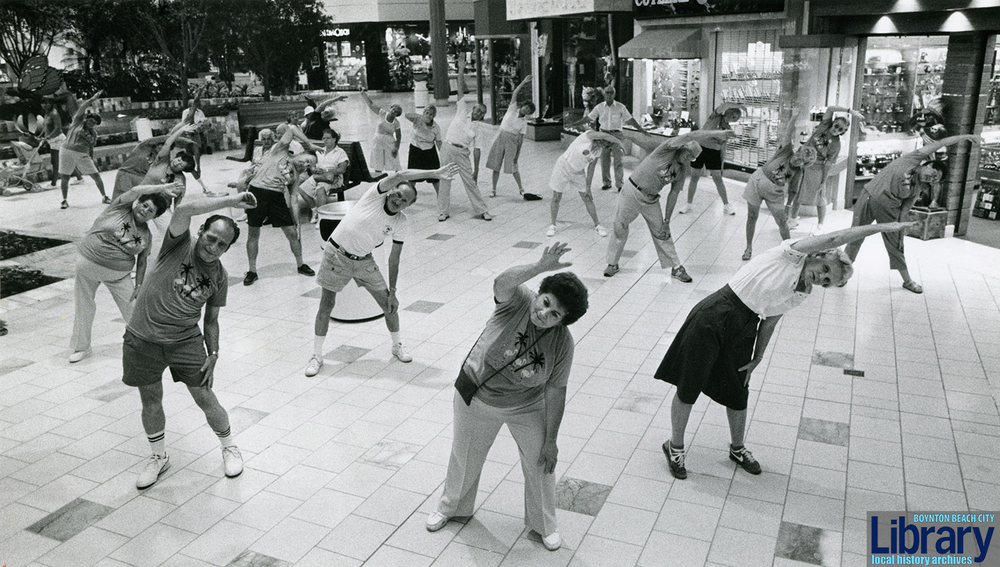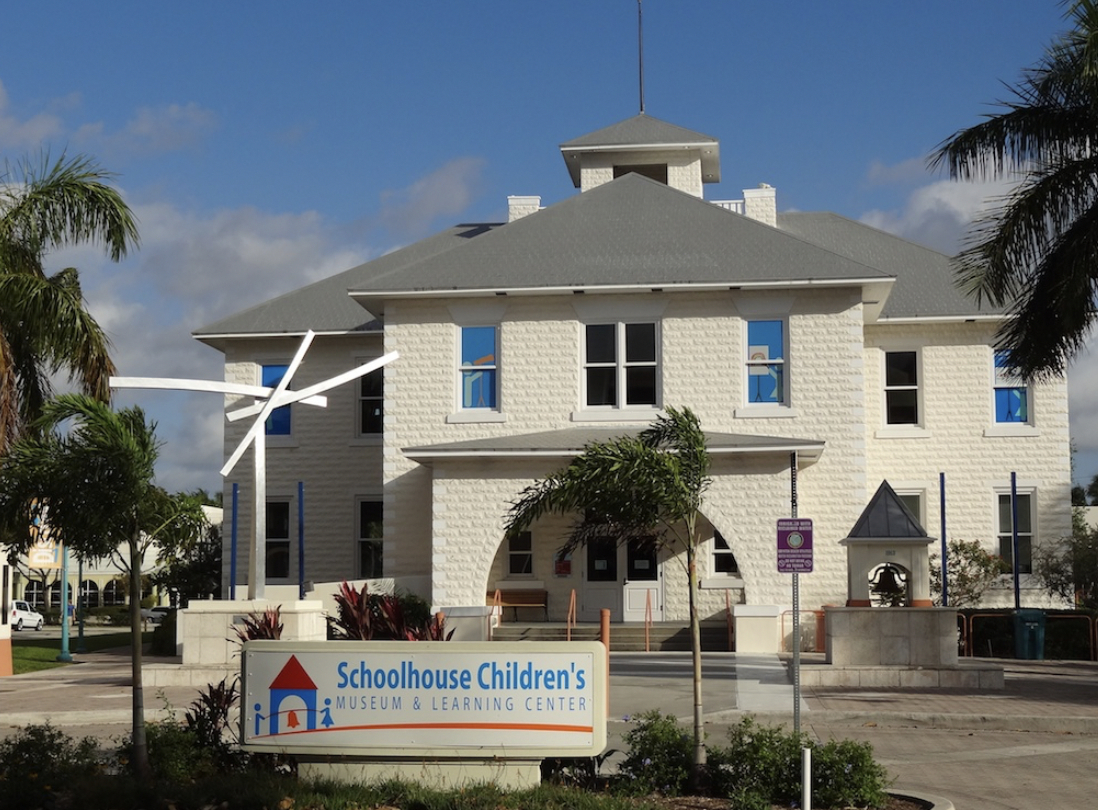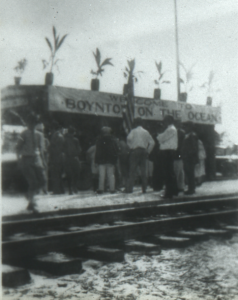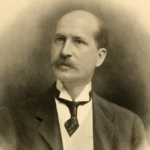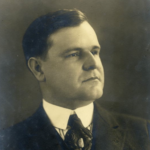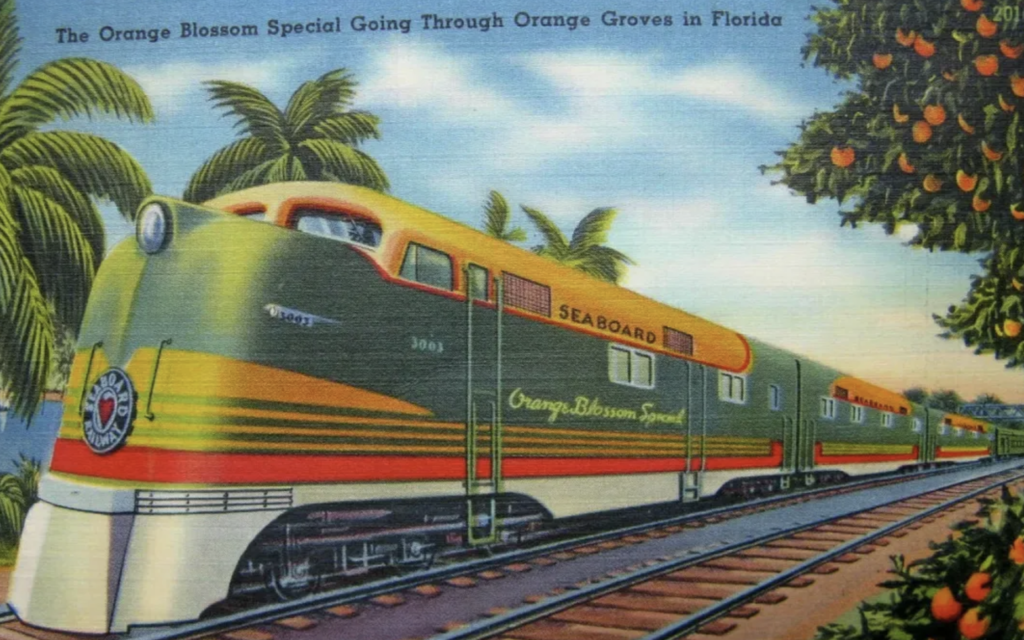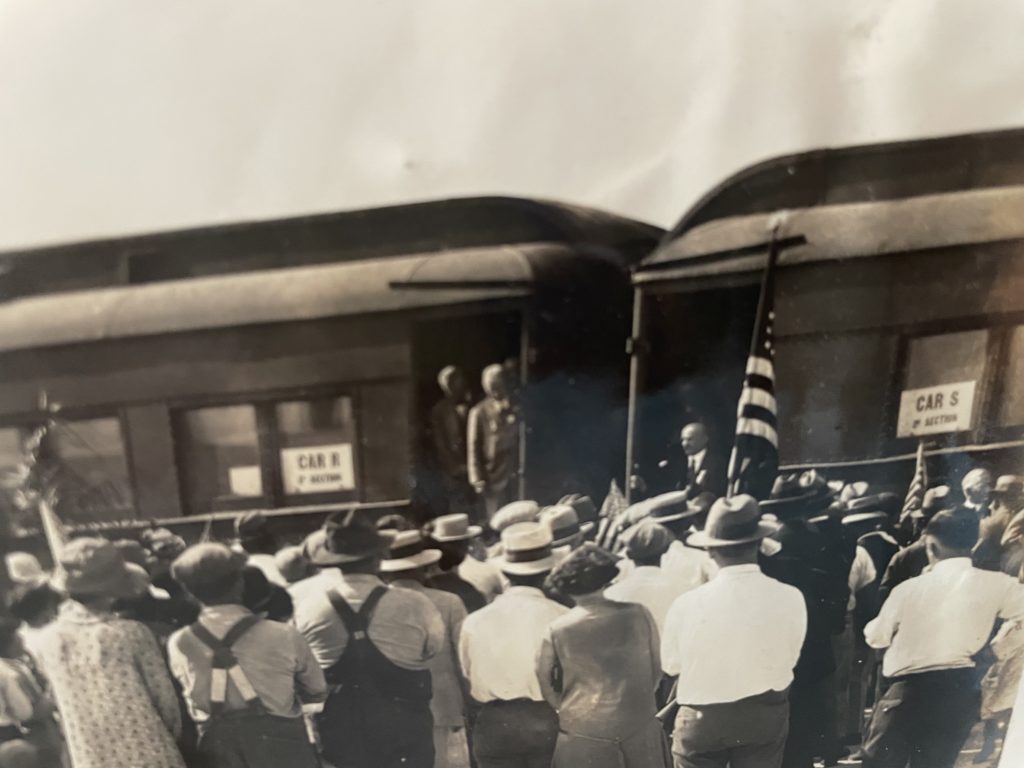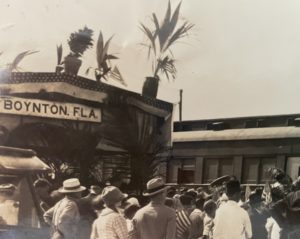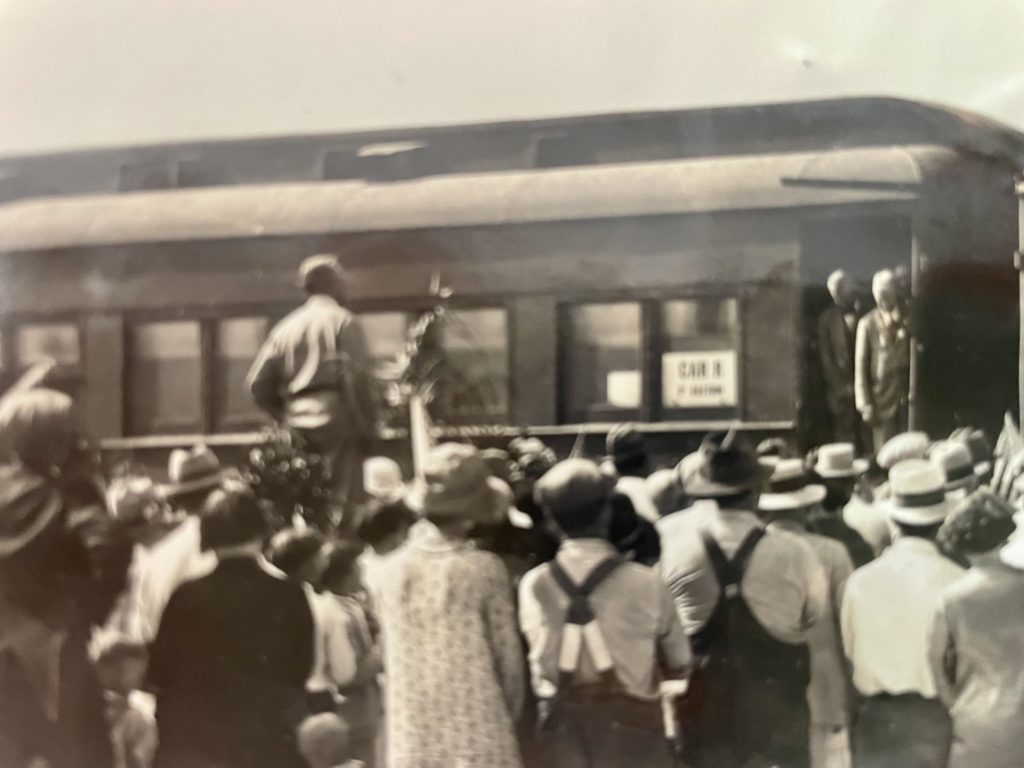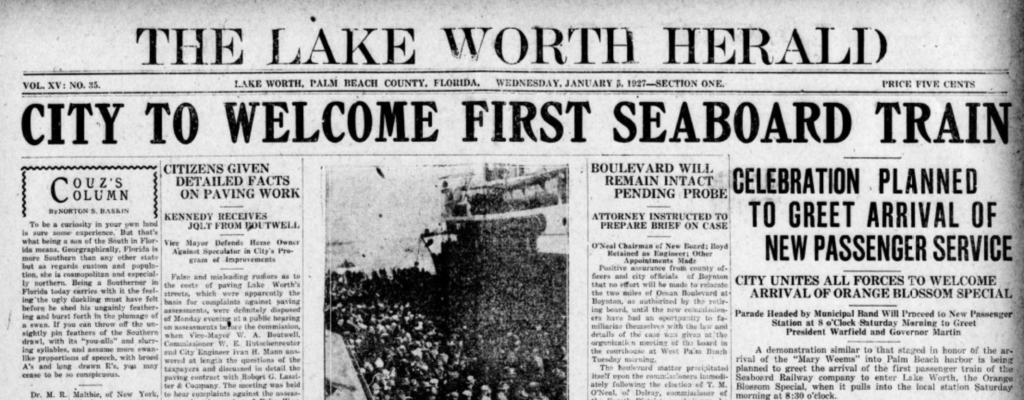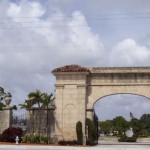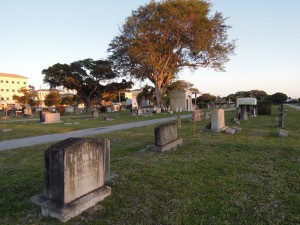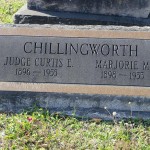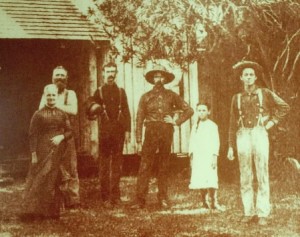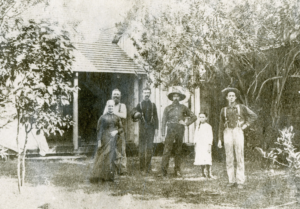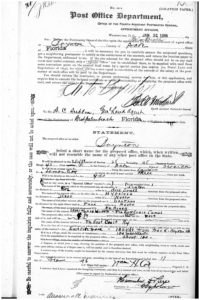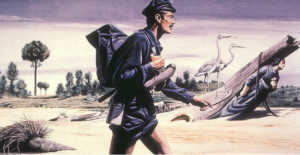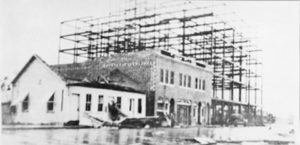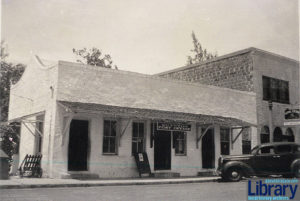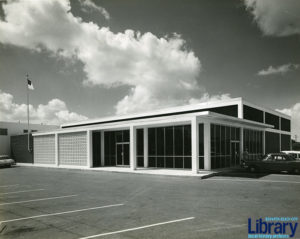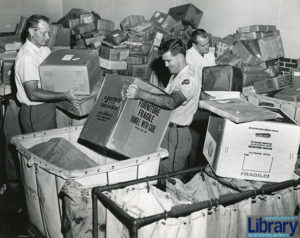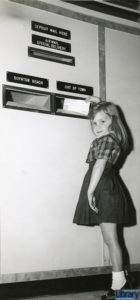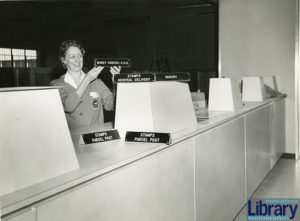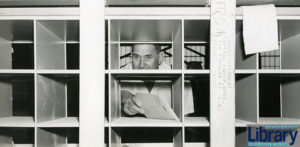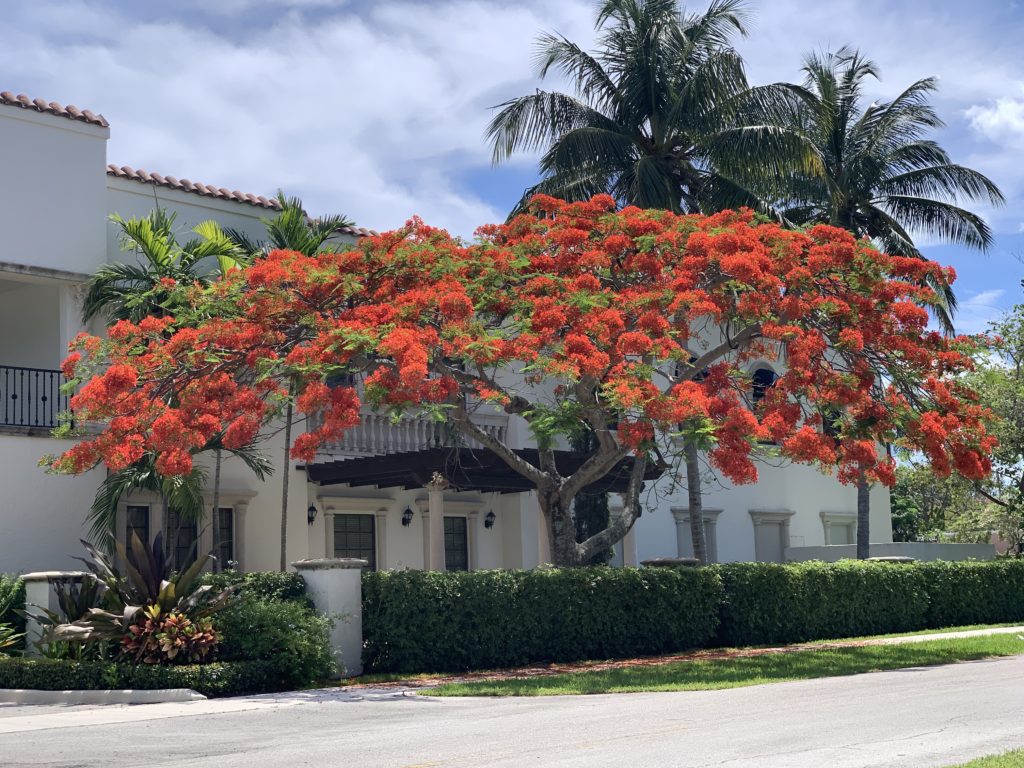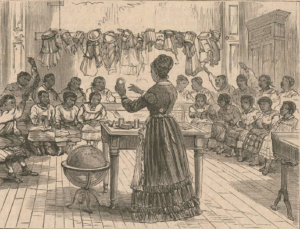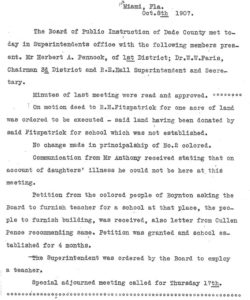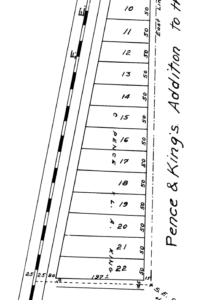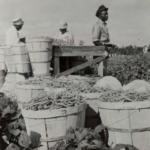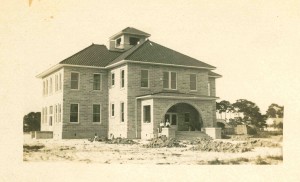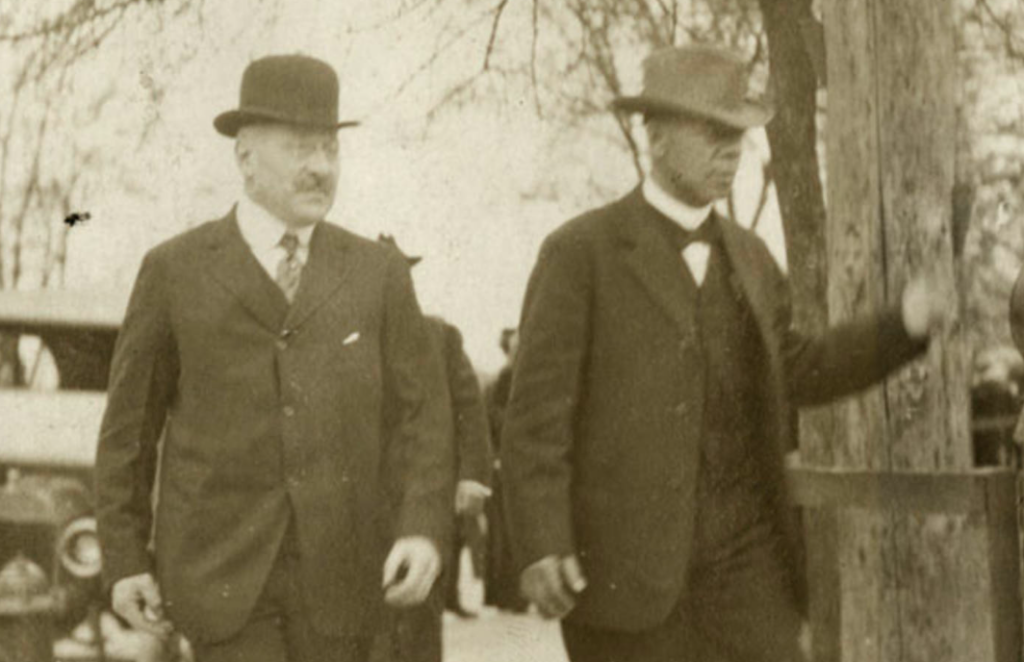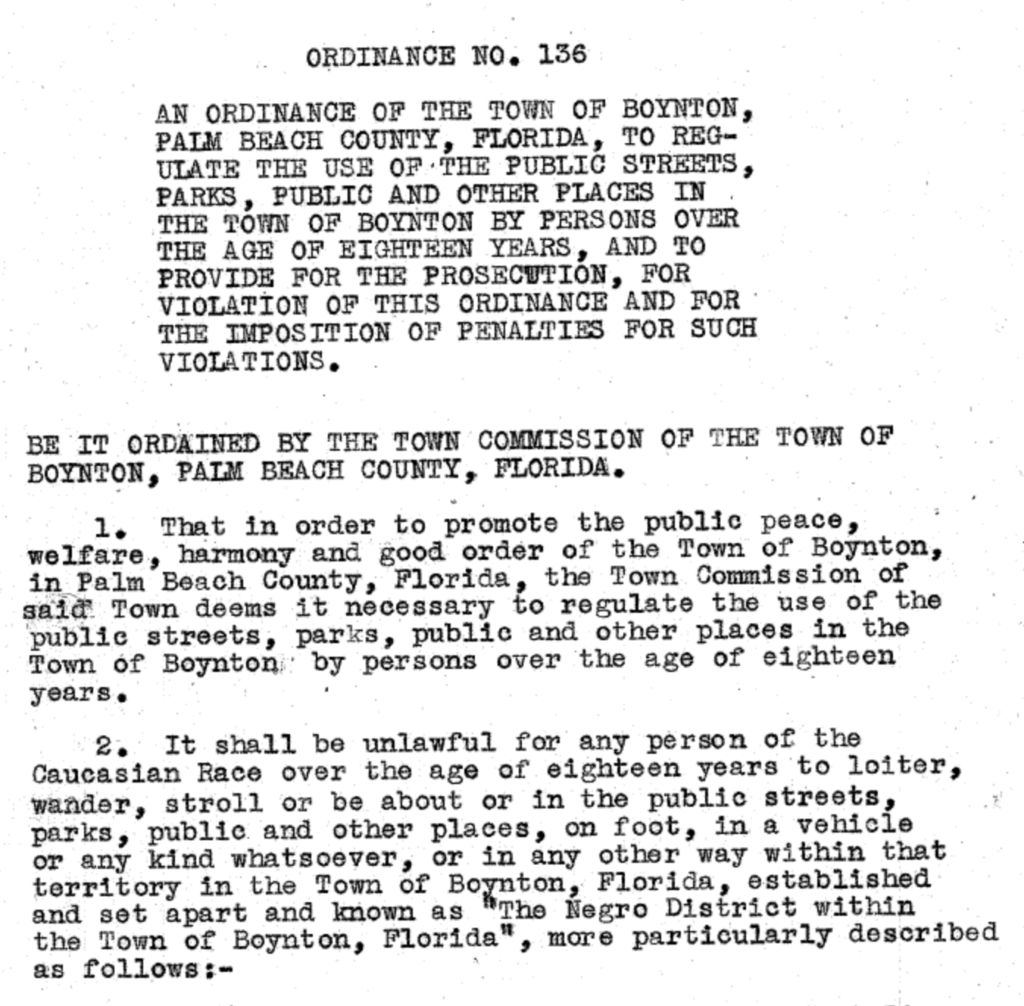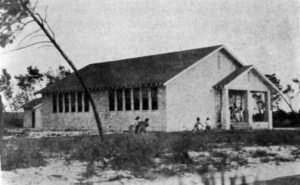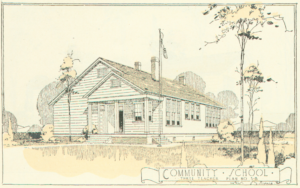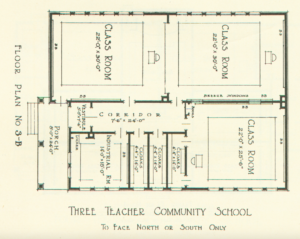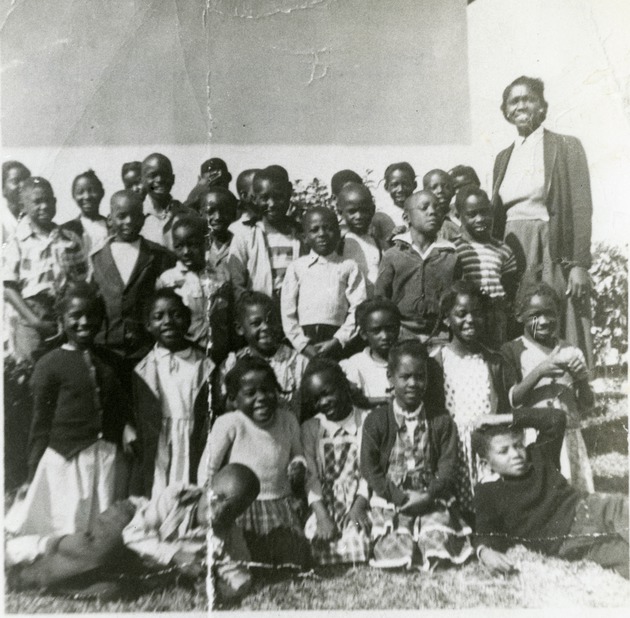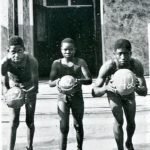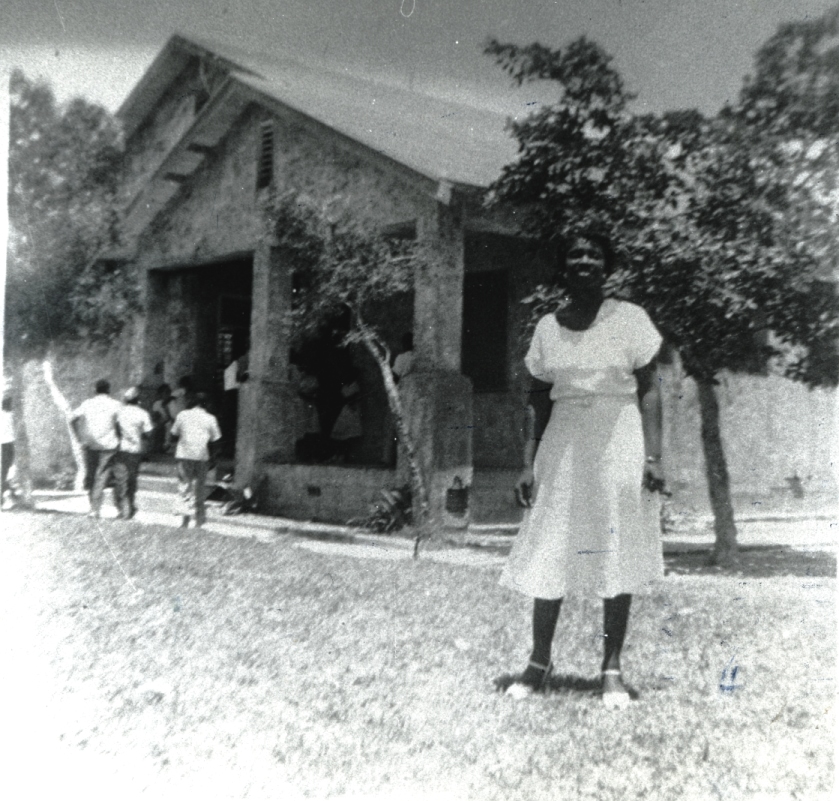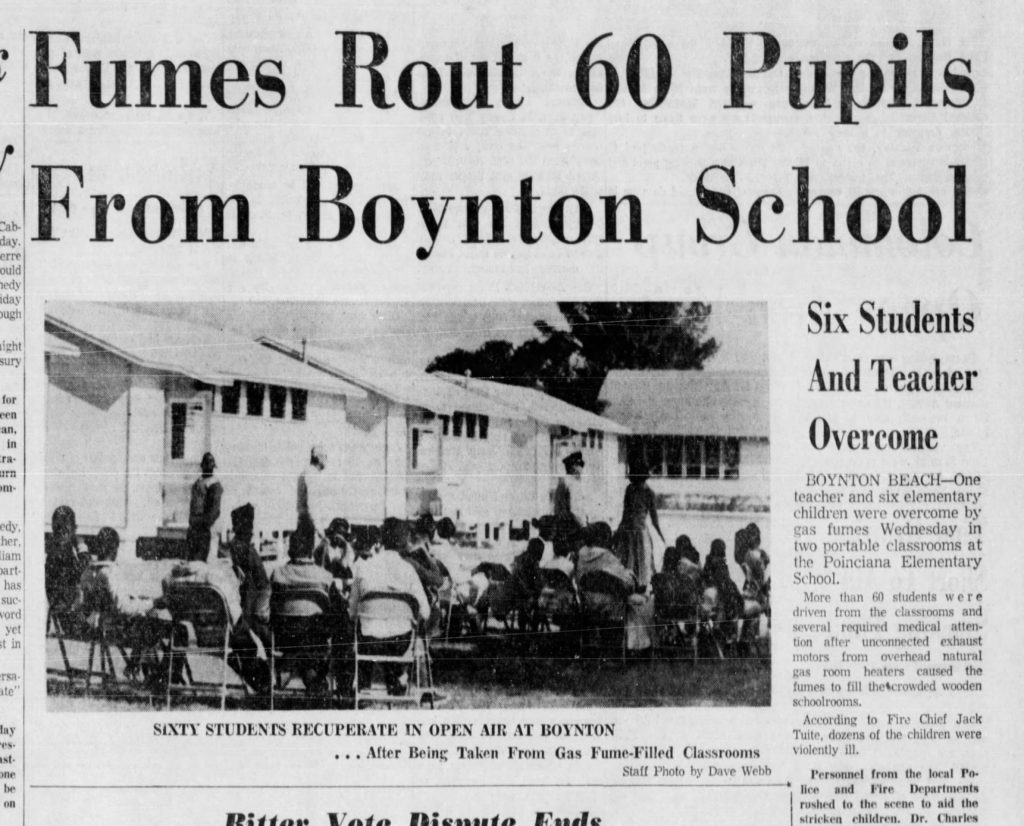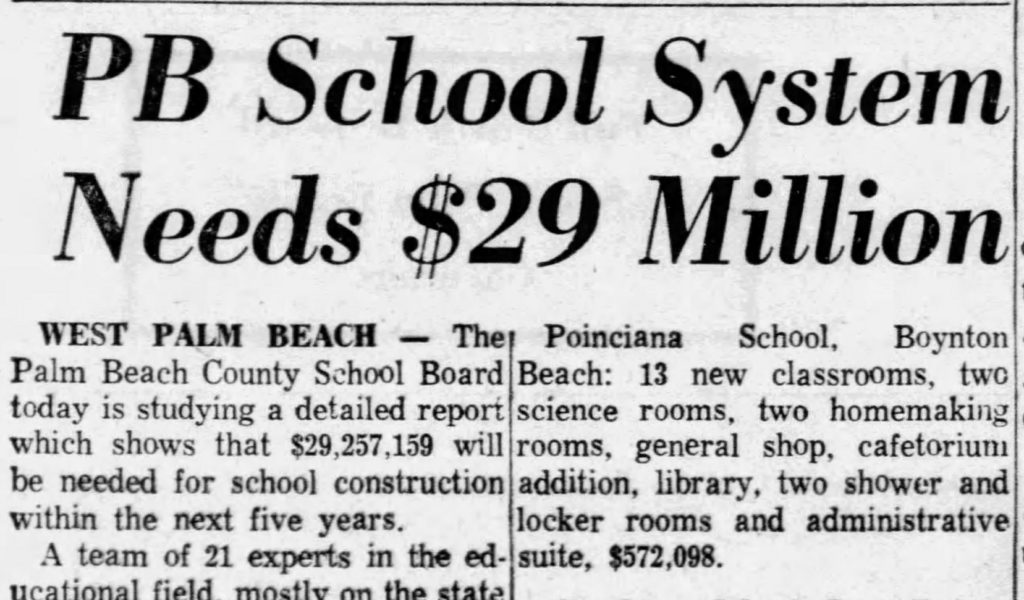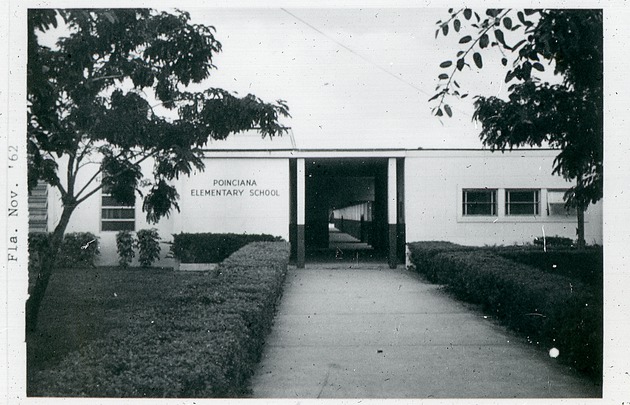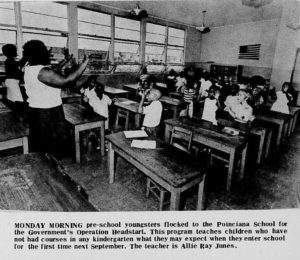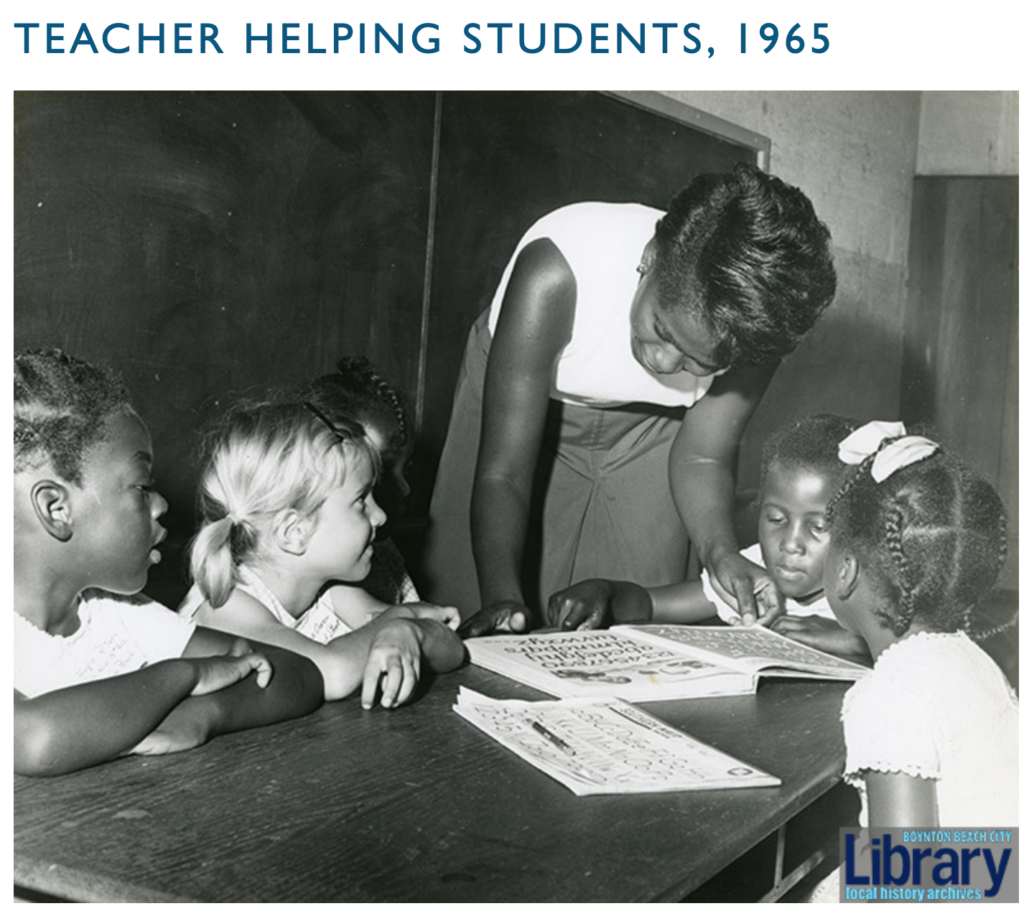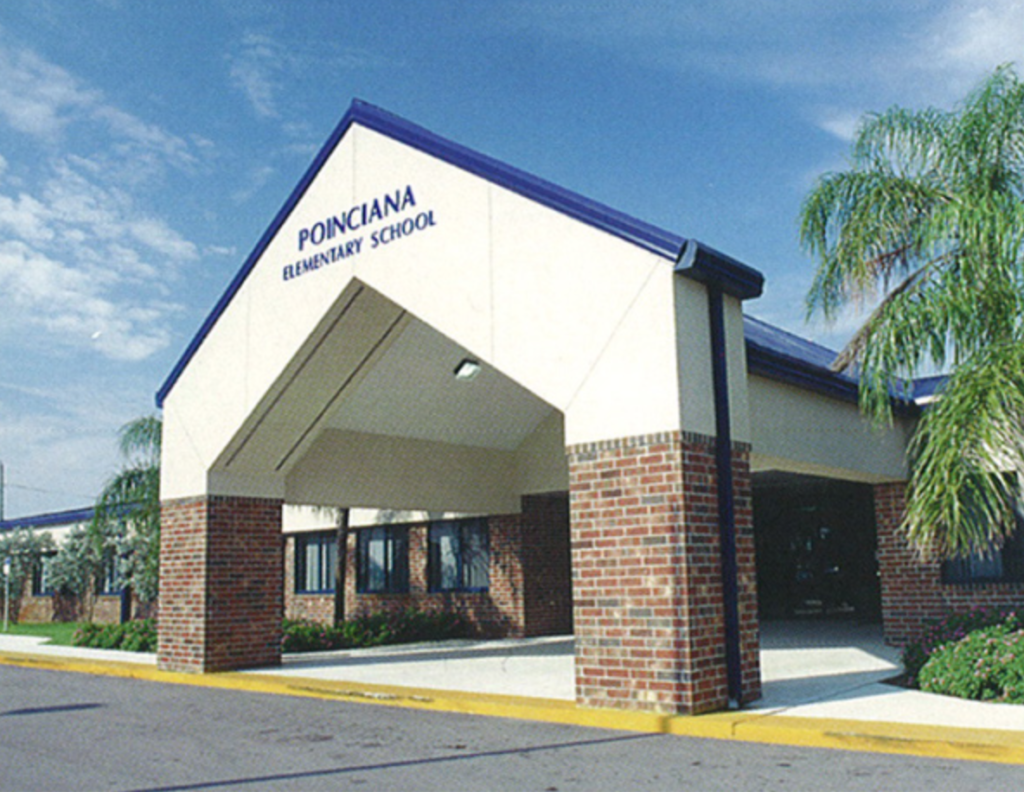“MAYBERRY BY THE SEA”
GROWING PAINS
Once a sleepy little village by the sea, Boynton Beach’s population doubled between 1970 and 1980 (18,000 to 36,000).
The area experienced tremendous growth due to technological changes in transportation & communication and this shifted the economy from family-operated businesses to commercial enterprises. These gradual changes stripped away the rustic serenity and charm that was small-town Boynton Beach.
INTERSTATE 95
In December 1975 the final portion of Interstate 95 was completed through Boynton Beach.
While the highway advanced transportation in South Florida, this event led to the death of downtown Boynton Beach and its thriving business district. The expressway cut off access to Ocean Avenue, which was Boynton’s main drag through the commercial business district as well as the road to Alternate A1A and Boynton’s Oceanfront Park.
The expressway not only divided Boynton, but tourists also bypassed U.S. 1 and family-run restaurants, motor courts, surf, shell, and specialty shops, insurance and real estate agencies, and roadside attractions. Nearly 50 years later, some of this land has become housing (hi-density condos & apartments), but many worn-out old buildings and lots remain lifeless and vacant.
MOTOROLA
Cows grazed on all four corners of Old Boynton Road and Congress until 1983 or so, a change factored by Motorola opening its 70,000 square foot Paging Division plant on a former cow pasture on the SE corner of Congress and 22nd Avenue. The new pager industry hired nearly 4,000 factory workers, engineers, and executives, many of whom moved with their families to the then still-rural Boynton.
A building boom frenzy brought dozens of new housing developments including Sky Lake, Boynton Lakes, Country Fair, Rainbow Lakes, Sun Valley, The Meadows, and Banyan Creek along Congress Avenue, Military Trail, Boynton Beach Blvd and Old Boynton Road.
Until then, Congress was a two-lane road and the Melear Dairy had cow passes (small wooden bridges) so that the cows could graze and avoid traffic. Boynton had the most dairy farms in Palm Beach County.
BOYNTON BEACH MALL
In the mid-1970s, Edward J. Bartolo, owner of at least 40 shopping malls (including the Palm Beach Mall) and the San Francisco 49ers football team envisioned a $20-million, 1 million-square-foot regional shopping Mall on 100 acres at Congress and Old Boynton Road. In exchange for city utility services (including fire, police, and sanitary service), the City of Boynton invited the corporation annexation.
In 1975, Vice-Mayor Joe DeLong announced that the city could gain $575,000 in property taxes if the shopping center was annexed.
Originally set to open in August 1977, the mall didn’t open until 1985, and then it opened in stages, store by store.
The popular indoor mall with its food court, national department store anchors, stores, services, and specialty shops further eroded what was downtown Boynton Beach. Strip malls, out parcels, medical buildings, and a sea of chain restaurants lined Congress Avenue, Boynton Beach Blvd., and even the old Military Trail, which was considered “The Boonies.”
WESTWARD EXPANSION
Westward expansion’s tidal wave surged for the next 40 years until it hit the Florida Everglades. So many communities were planted over former family farms that developers came up with pretentious, and often ridiculous names for their planned mega-communities. Someone suggested that they must spin a wheel to find ill-fitting names like “Journey’s End,” and “The Canyons.”
DOWNTOWN REDEVELOPMENT
Meanwhile, the Boynton Beach CRA (Community Redevelopment Agency) has worked to improve downtown Boynton and incentivize businesses to open in their districts. The City of Boynton Beach has opened new state-of-the-art Fire and Police headquarters and City Hall/Library. The Boynton Beach Historical Society saved the 1913 schoolhouse that now serves as a Children’s Museum and Learning Center. The Historical Society and the Historic Resources Preservation Board saved the 1926 high school and the city restored it into a vibrant Cultural Arts Center.
DEATH OF THE MALL
In juxtaposition, the Boynton Mall attendance declined over the years. The run-down mall has been sold, and another layer of Boynton history will be paved over. What would have benefited the community and the taxpayers the most?
A swimming pool, a history museum, a nature center, a small concert center, a canopied bike and walking trail? No doubt some type of housing is in its future.
After all, people still want to live in beautiful Boynton Beach, and pushing farther westward is not an option.
Some of the original Boynton Beach Mall entities (from occupational licensing information)
Feel free to add your memories and comments
Jo Ann Fabrics No. 913, Room 511, Fabri-Centers of America, Inc.
Video Concepts, Tandy Corp.
Things Remembered, Space 741, Cole National Corp.
Ritz Camera, Ritz Camera Centers, Inc. Lane Bryant, Inc., Room 161, Lane Bryant, Inc.
Gordon’s Jewelers No. 10545, Gordon’s-Guayama, Inc.
Chick-Fil-A, Cathy S. Truett
Pearle Vision Center, Room 309, Ronald Rzaca Optician
Walgreens, Walgreens, Co.
Manchu Wok, M.W. Boynton, Inc.
Girard Jewelers, Room 879, Lou Ellen Girard
Foxmoor Specialty Stores Corp., Foxmoor
Victoria’s Secret, Victoria’s Secret Stores, Inc.
Today’s Woman, No. 36, Today’s Woman of Florida, Inc.
The Limited Stores, Inc., The Limited Stores, Inc.
Limited Express, The Limited Stores
Camelot Music, No. 187, Room 943, Camelot Music, Inc.
Waldenbooks, Walden Book Co. Inc.
Lord and Taylor Division of Associated Dry Goods, Lord and Taylor
Taco Viva, Space 677, Taco Viva, Inc.
Sunshine Treasures, Inc., Room 111, Susan and Don Bennett
Contempo Casuals, Bernard Zertner
August Max No. 522, The United States Shoe Corp.
Caren Charles No. 1823, The United States Shoe Corp.
Petit Sophisticate No. 1633, The United States Shoe Corp.
Ups ‘n’ Downs No. 1294, The United States Shoe Corp.
Casual Corner, The United States Shoe Corp.
Morrow’s Nut House
Sbarro’s Italian Eatery
Pinch or Pound
General Nutrition Center
Dentaland, Jeffrey P. Feingold
Harry’s Kidsworld
Burdine’s Travel
JCPenney
Boardman’s, H.C. Boardman

